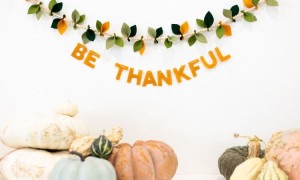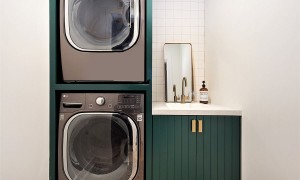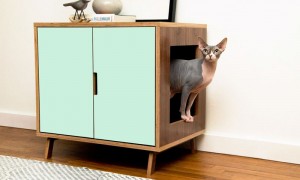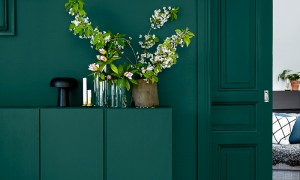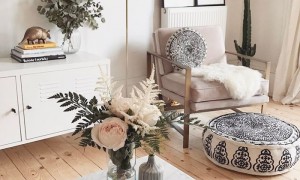
The biggest part of our household waste is organic. These are all the banana and onion peels, rotten veggies and fallen leaves in the garden. With little more than the kitchen scraps and garden waste, you can make rich compost to add to your house plants or garden.

The benefits of composting are enormous. It reduces waste and transforms it into nutritious soil which can be used to improve soil structure, water retention and aeration. Moreover, what does compost do is it adds micronutrients and increases the bacterial activity in the soil which makes it even better.

There are many more advantages of composting. Some gardeners refer to the compost as “black gold”, because there’s simply nothing better you can do for your soil. So, get composting! In this beginners guide, we will give you six simple steps to help you start!
Step One: Choose a composter
A composter is a bin used to hold the composting materials. There are many types of bins, commercially or homemade of plastic or wood. Each type has its own advantages and disadvantages, but all types can be used for composting. If you want to stay on the budget side, make your own composter from leftover wood, or use a bin you already own.
Step Two: Select a location

Choose a spot for your composter. The site has to be well-drained and easily accessible. Place the bin over soil rather than concrete to ensure bacteria, worms and other beneficial organisms can access the pile. Remove any grass or plants from the spot and leave only the composting material.
Step Three: Add composting material

You will see composting materials divided into two categories: browns and greens. Brown materials are leaves, paper, hay, while green materials are vegetable trimmings, peels, grass clippings and more. Don’t add meat or bones, fatty food, eggs and dairy products to your compost. This can result in slowing down the composting process or even in poisoning. So, avoid adding these to your compost.
Step Four: Making compost

Making great compost is not that difficult. Another way to see it as making a giant layer cake. Start with a layer of hay, straw and twigs than a layer of browns, then a thin layer of garden soil. At the end add a layer of green materials. Moisten each layer lightly and keep on piling until the bin is full. You need to turn the pile every 14 days, the more you turn it the faster you will have the compost ready.
Step Five: Use your compost

Depending on the method and materials used it can take up to 12 months to produce compost. When ready it has a dark and crumbly consistency and it smells like soil. It can be used around trees, as fertilizer, for house plants, for lawn top dressing.
Step Six: Advanced composting

There are many ways to make great compost faster and much more efficiently. One way is to add worms which is called vermicomposting. The worms will help turn the organic materials into compost. Things, like measuring the compost moisture and getting the right mixture of composting ingredients, can also help a great deal.
Are you ready to get composting? Start by a simple banana peel compost and make your way to a full composting bin. Certainly, your plants will be thankful by growing healthier and stronger than ever.

